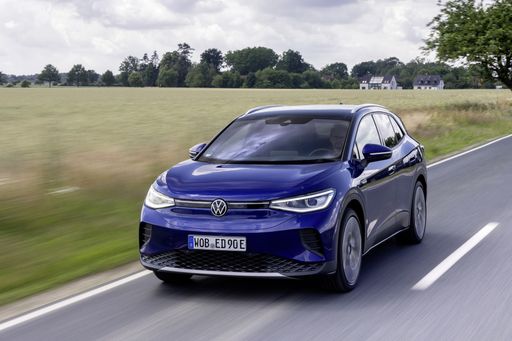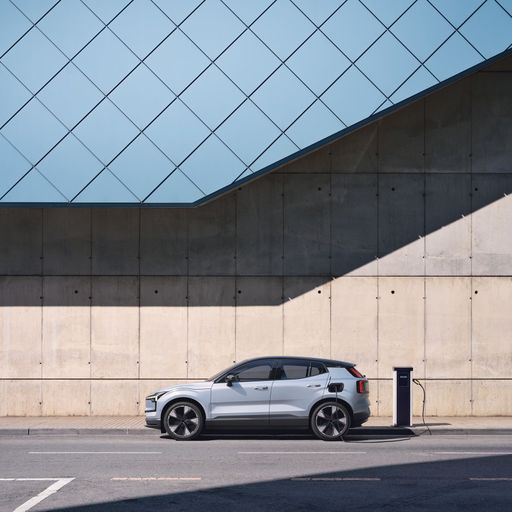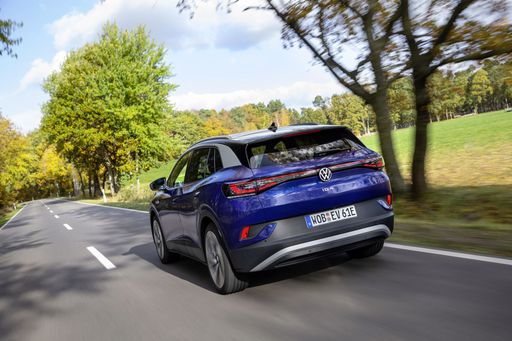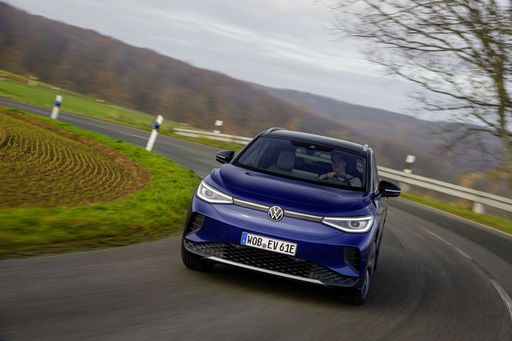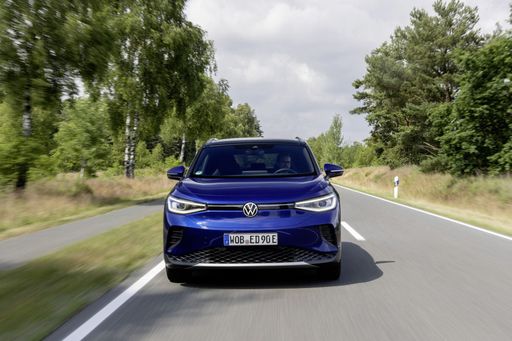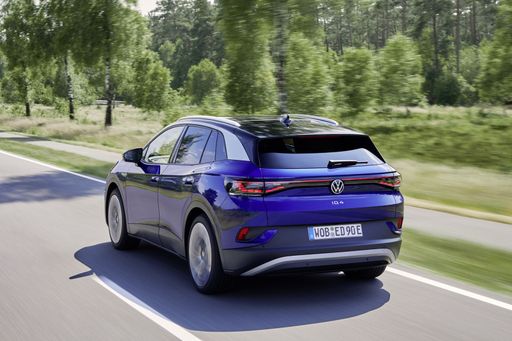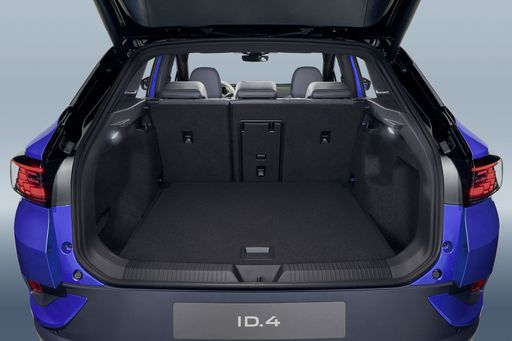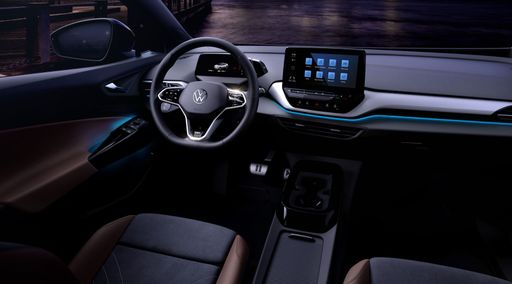A New Era of Electric SUVs: Volvo EX30 vs VW ID.4
As the automotive industry accelerates towards sustainability, two electric SUVs stand out in the competitive landscape: the Volvo EX30 and the VW ID.4. Both vehicles represent their respective brands' dedication to innovation, performance, and sustainable driving. In this comparison, we will delve into their technical specifications, features, and innovations, ensuring you can make an informed decision on this new generation of electric transportation.

